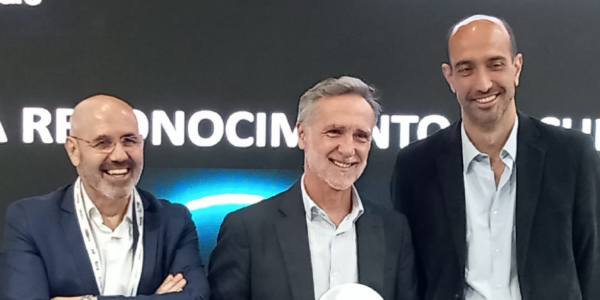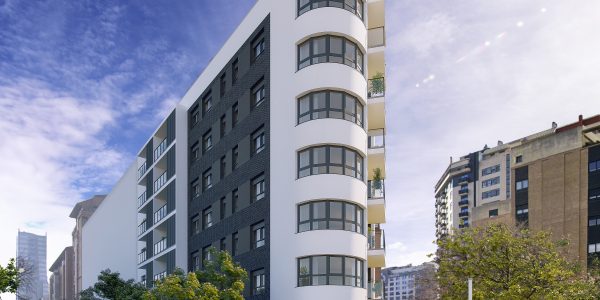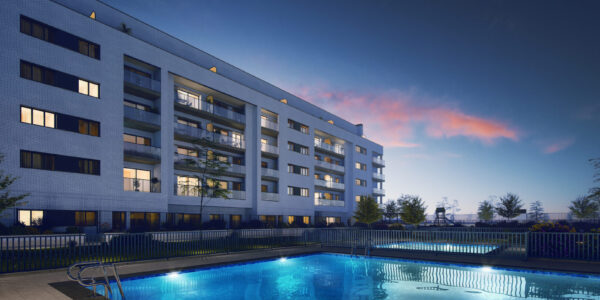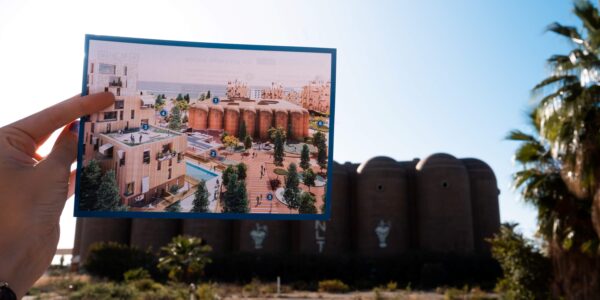Metrovacesa is committed to reducing the carbon footprint of its real estate portfolio with Zero Consulting
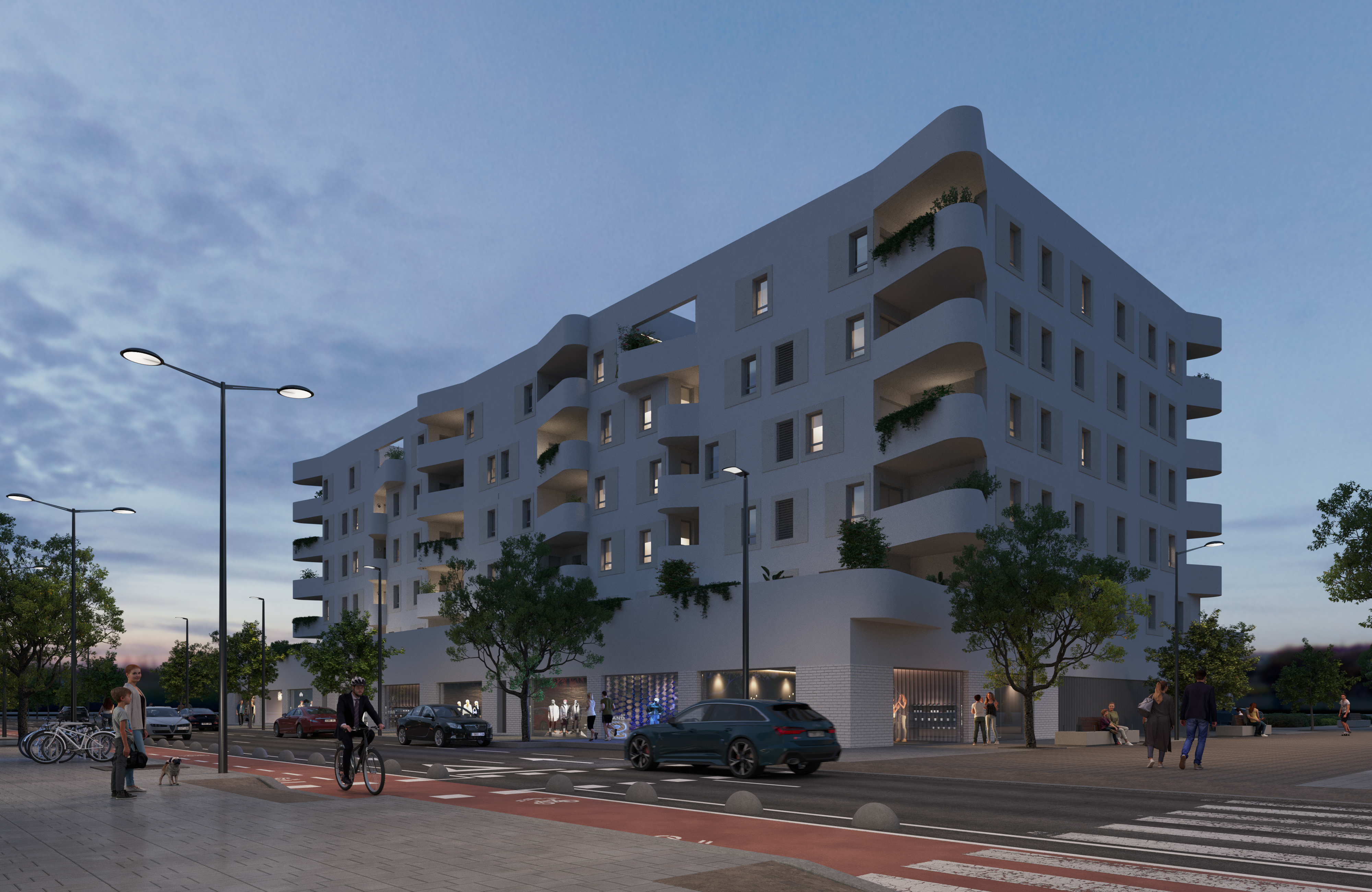
- The developer, which has incorporated life cycle analysis into the design of its buildings, has analysed more than 20 developments in 2022 and plans to analyse around 50 more projects in 2023.
- The BIM model of the buildings is at the heart of the automated life cycle analysis calculation methodology.
- The analysis goes beyond individual buildings, looking at their carbon footprint at a portfolio level, comparing different projects and areas.
Madrid, 19 December 2023. Metrovacesa, a leading developer in Spain with more than 100 years of history, has established sustainability criteria as an essential pillar of its activity. In this line, among other initiatives, it works hand in hand with Zero Consulting, a sustainability consultancy in construction, as a guide for its process and with the aim of achieving the European sustainability objectives. It also validates its results through GBCe, an independent entity, with its VERDE sustainability certification.
Life Cycle Assessment (LCA)
The basis for studying the reduction of the carbon footprint of buildings is life cycle analysis. This methodology, also known as LCA, measures the embedded environmental impact of each of the materials that make up a building from its manufacture to a possible new life, as well as the operational impact related to water and energy consumption during the building’s use.
The process of reducing emissions and promoting sustainability is not limited to the construction phase alone, but encompasses the entire life cycle of the project. Zero Consulting uses a three-phase consultancy methodology to focus on emission reductions from the early stages of the pre-project to the executive project.
Phase 1 analyses the constructive solutions in the pre-project and basic project phase, quantifying the embedded carbon emissions of each solution. Phase 2 decides on the construction solutions to be used strategically to maximise energy efficiency, reduce carbon emissions and improve the sustainability of the project. In phase 3, the project execution is implemented, considering the specific needs of the project, the established goals and the available resources. In this phase, manufacturers of materials to be supplied to the site are also selected, prioritising those offering high quality materials with low environmental impact.
This process incorporates the LCA as another design tool, allowing decisions to be taken from the earliest stages of the project and involving all the agents involved, such as the developer -Metrovacesa-, the designers and the sustainability consultants -Zero Consulting-.
All the information and the achievement of the reduction of the carbon footprint is materialised in the obtaining of the VERDE certification of the different real estate developments. This is the sustainable certification seal fully adapted to Spanish regulations and the new European regulations -Level(s) and Taxonomy-, which is managed by the Green Building Council Spain (GBCe).
Portfolio analysis and comparison between real estate projects
Metrovacesa, in addition to individually quantifying the carbon footprint of its developments, carries out a sustainable management of its real estate portfolio advised by Zero Consulting. The joint analysis of the different assets makes it possible to generate an overall idea of the environmental impact of the portfolio, to establish comparisons between projects and to define a benchmark or reference point from which to start and improve year after year. This makes it possible to establish transversal lines of improvement in the company that can be applied to the different developments over time. It also facilitates the establishment of a clear and quantified decarbonisation roadmap to achieve the European Union’s decarbonisation objective.
Thanks to this global vision of the life cycle analysis, it has been possible to calculate that, in the 2022 developments, Metrovacesa is reducing the carbon footprint of its buildings by an average of around 15% with respect to the reference building of the VERDE sustainability certification.
Alignment with European trends
In the last decade, a set of new European regulations designed as tools to guide the decarbonisation of different economic sectors have been promoted. Construction, playing a key role in this process, has been highlighted as one of the main focuses, given that buildings account for approximately 36% of greenhouse gas emissions in Europe, according to data from the European Commission.
The sustainable management of Metrovacesa’s real estate portfolio is carried out in accordance with the European standards and regulations in force. These include the European Taxonomy regulation for sustainable activities and the Level(s) regulatory framework.
Sustainable practices are also closely linked to the Sustainable Development Goals (SDGs), specifically in goal number 11. It contributes to this goal by establishing an emissions reduction at the real estate portfolio level, in relation to the 2030 Agenda to assess and improve the sustainability of urban communities.
The company is thus leading the way forward, promoting a sustainable and responsible business model for society and the planet.
One of the highlighted projects
We can take one of Metrovacesa’s most recent developments as a reference to delve into the sustainable measures applied and sustainable milestones achieved.
The Sierra Aracena residential development, located in Seville, is a building with 56 multi-family dwellings of between 2 and 3 bedrooms.
Its life cycle analysis has been part of the process of obtaining the VERDE certification, measuring all the stages of the building’s life cycle and taking into account all the indicators indicated in the UNE-EN 15978:2012.
The optimal choice of materials for the building’s different construction solutions has enabled it to achieve a reduction of more than 20% in its carbon footprint compared to the reference building proposed by VERDE, which is equivalent to the preservation of 231 trees.
The VERDE certification, managed by GBCe, establishes a methodology focused on achieving the five “Ps” – People, Prosperity, Planet, Peace and Pact – and is very well aligned with European trends such as Level(s) and Taxonomy.
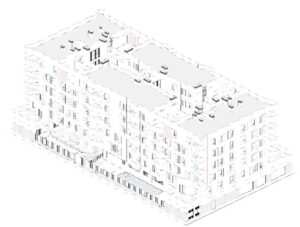
Related articles
Descubre promociones que te pueden interesar
Discover your new home with MiA
We have launched our virtual agent to help you find the property you are looking for.
Ask MiA and get personalized recommendations to find your dream home. Try it now!
